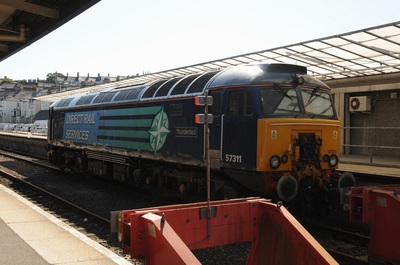
The wheel has a couple of cracks in it, and the trim around the edges of the door closes is quite frayed in places. The seats, door trims, and dash look pretty good, although the factory radio is missing out of the dash. The interior of the Corsair is basically in good condition, although, quite literally, it is a bit frayed around the edges. Some of the exterior trim is also missing. The car has also had a partial repaint, so there is a mismatch from one side to the other. It also looks like the back edge of the quarter panel on the driver’s side might have some Bondo in it. There is some rust around the rear wheel arches, in the rockers, and in the lower front fenders. This Corsair will require restoration work on the body, but we get no indication of the condition of the floors or frame. The range had been pared from four models to two, and the Corsair was the premium model. The owner has set a price of $4,750 for the Edsel.īy 1959 the Edsel as a brand was pretty well dead in the water. It is located in Westminster, California, and is listed with a clean title. You will find the Edsel listed for sale here on Craigslist. The new owner will probably want to undertake a restoration, but the car can be driven while the work is undertaken. The 426 Hemi is the engine used by NASCAR as well, though the racing engine used unique intake and exhaust manifolds, its own camshaft, and used a different compression ratio.This 1959 Edsel Corsair runs and drives, and it appears that it could be driven as it stands.
PLYMOUTH THUNDERBIRD MANUAL
All three engines could be had with either a heavy-duty four-speed manual or the 727 Torqueflite automatic transmission. In total, only 136 production Superbirds came equipped with the 426, making it the rarest of the engine options. The sprint to 60 mph took 4.8 seconds – surprisingly quick considering the narrow tires these street cars ran. This big-block V-8 featured two Carter AFB carburetors and is said to have produced 425 horsepower, though in reality, the engine produced 433 horsepower and 472 pound-feet of torque in dyno testing. This engine sported three two-barrel carbs to flow more fuel into the engine. Those who wanted a bit more power could opt for the 440 Super Commando Six Barrel. At the bottom was the 440 Super Commando making 375 horsepower with a single four-barrel carburetor. The Superbird available at your neighborhood Plymouth dealership had three V-8 engine options. Honking the horn brought laughs as the Road Runner’s “Beep Beep” chirp was heard. The car featured the Road Runner logo with the iconic cartoon character holding a racing helmet. The taillights were also much different, with the Plymouth keeping its Road Runner styling.Īlso kept was the Road Runner’s cartoon caricature. The Plymouth also kept the Road Runner’s side vent ahead of the rear tires. The Dodge lacked the center crease and its intake was split between the upper and lower sections with a wire mesh. The cars weren’t identical, however, as the Plymouth’s nose had a center crease and a lower air intake. This made the both cars more aerodynamic. Engineers also copied the way the Daytona’s rear window was made flush, eliminating the sail panels.

There were other items, too, including the vents along the top of the front fenders. The Plymouth Superbird borrowed several aerodynamic qualities from the Dodge Charger Daytona, the most obvious being the nose cone and rear wing. Either way, Superbirds are a rare bird indeed. Only 1,920 examples were built, though legend has it Plymouth made several more. Nowadays, the cars – especially those with the 426 Hemi – are worth anywhere between $200,000 and $350,000. There’s even reports of the cars sitting unsold on deal lots for several years. Neither car sold well initially, with reports saying consumers didn’t like the aero packages. Though Dodge and then Plymouth had successful runs in NASCAR with the Charger Daytona and Superbird, their respective homologation specials were the real success – at least in the big picture.

Petty won eight races in 1970 from within the Superbird, while placing well in several others. This, along with Plymouth’s attempts to win back Richard Petty who had left the Plymouth team for Ford in 1968, resulted in the Superbird – a modified version of the Road Runner. In fact, the number jumped from 500 cars sold in 1969 to a ratio of one car per every two dealerships. But for the 1970 season, NASCAR changed the rules regarding the required number of production cars that needed to be sold in order for a particular model to race.


 0 kommentar(er)
0 kommentar(er)
